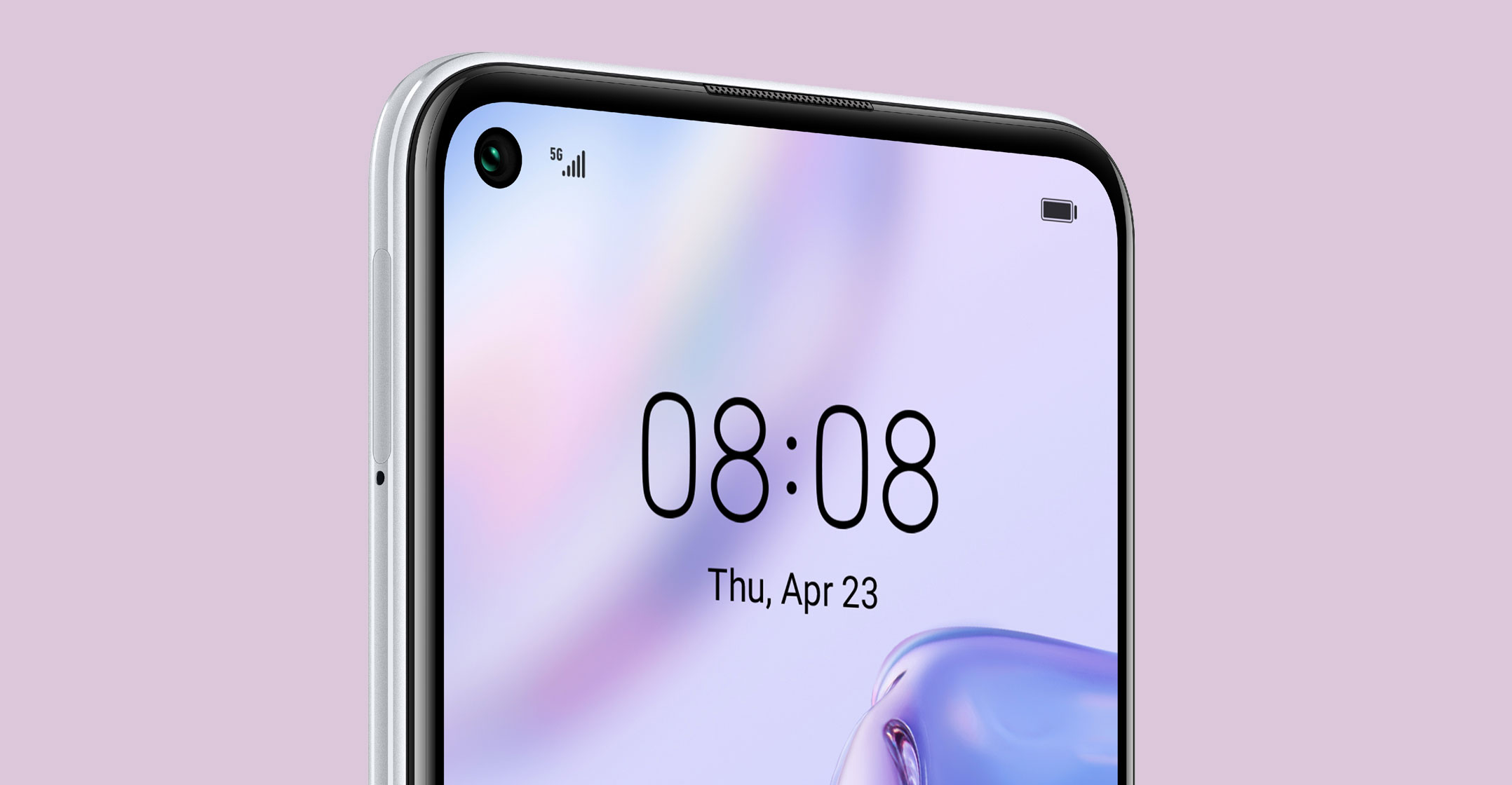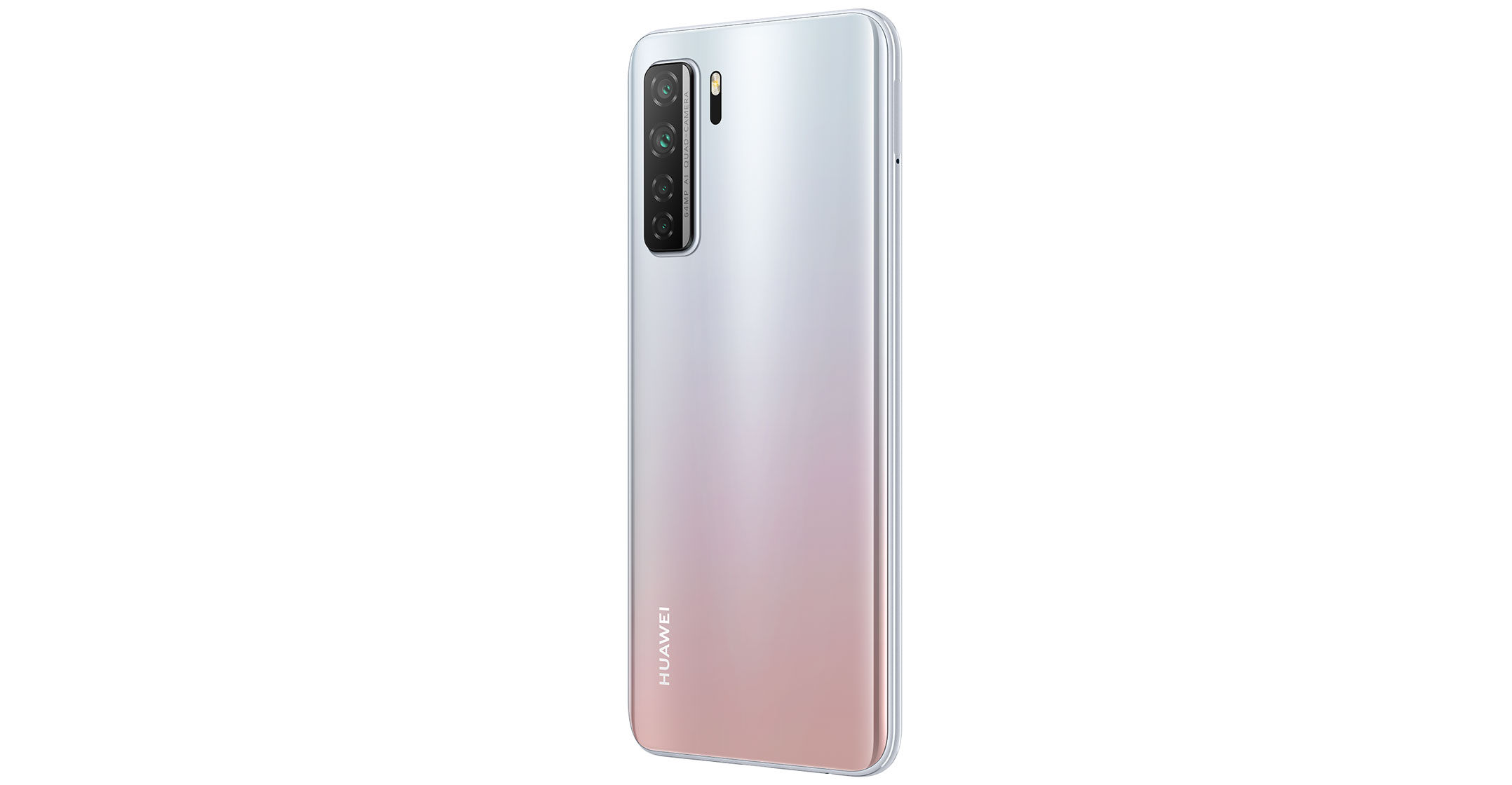 With headlines devoted to the arrival of 5G technology in South Africa – most of them addressing futuristic-sounding technologies – consumers would be forgiven for overlooking the ways in which it will directly impact their lives.
With headlines devoted to the arrival of 5G technology in South Africa – most of them addressing futuristic-sounding technologies – consumers would be forgiven for overlooking the ways in which it will directly impact their lives.
When the focus is on self-driving cars, virtual reality and HD streaming, we lose sight of the impact the technology could have on the economy in developing nations – and how it can be deployed to uplift society.
In South Africa, we are faced with a dual problem when it comes to 5G: the deployment issue, which incorporates spectrum, reach and accessibility; and the ability of the end-user to take advantage of 5G. In the first instance, mobile network operators are scrambling to launch their 5G networks. Predictably, they are focusing first on high-density metropolitan areas. Upgrading to outlying areas, however, will take time, as investment is repaid more slowly and consumers have less disposable income to upgrade to flagship mobile devices.
Which brings us to the second issue – the prohibitive cost of 5G-enabled devices. For a technology that is predicted to rapidly make fixed-line broadband far less important, while allowing industry and society to “level up” to previously unimaged heights, a major hurdle to achieving the democratisation of access is the cost of end-user devices.
5G is predicted to spur “significant economic and social value”. In the World Economic Forum report “The Impact of 5G: Creating New Value across Industries and Society”, it’s estimated that US$13.2-trillion in global economic value and 22.3 million jobs will be generated in the 5G global value chain alone.
In addition to an overall improved quality of life, the opportunities for education, medical care, access to information, small business and industry are hampered only by the imagination – should mass adoption become a reality.
 The Huawei P40 lite 5G at a glance
The Huawei P40 lite 5G at a glance
- 64MP hi-res AI quad camera
- Ultra-high-definition camera: 64MP+8MP+2MP+2MP
- Dual-side video recording
- Dual-view video recording with 5x digital zoom
- 4K hi-res video recording
- 960fps slow-motion
- New, upgraded time-lapse photography
- AI ultra clarity mode
- 16MP AI selfie camera with Super Night Selfie 2.0
- Huawei flagship-level Kirin 820 chipset: 7nm Kirin 820 5G chipset (1*2.3GHz + 3*2.2GHz + 4*1.8GHz)
- Huawei 40W SuperCharge: 70% in 30min
- Large battery: 4 000mAh
- Large memory: 8GB+128GB
- Premium design: 3D glass double curved design
- 6.5-inch Huawei punch FullView display: FHD+ 2 400×1 080; side-mounted fingerprint reader; EMUI 10.1 based on Android 10 upgraded game dock; eBook mode.
“It is with the understanding of the benefits that 5G will bring to developing nations in mind that Huawei has made a massive investment into developing a mid-market, 5G-enabled device,” says Akhram Mohamed, Consumer Business Group chief technology officer at Huawei South Africa. “Unless citizens in countries like South Africa can access the technology, the major benefits of 5G will never come to bear. For as long as only flagship smartphones are 5G enabled, the vast majority of the population will be excluded from access.”
While Mohamed admits that we still have some way to go, the introduction of a 5G device retailing at under R10 000 is a bold first step to empowering the mid-market by providing affordable 5G access. “In addition, we have been collaborating with Vodacom to create 5G bundles for all users – from 5G routers to our flagship P40 Pro+, through to the P40 lite 5G. While true mass adoption will take time, we are working on pulling down the cost barrier,” he says.
- This promoted content was paid for by the party concerned

